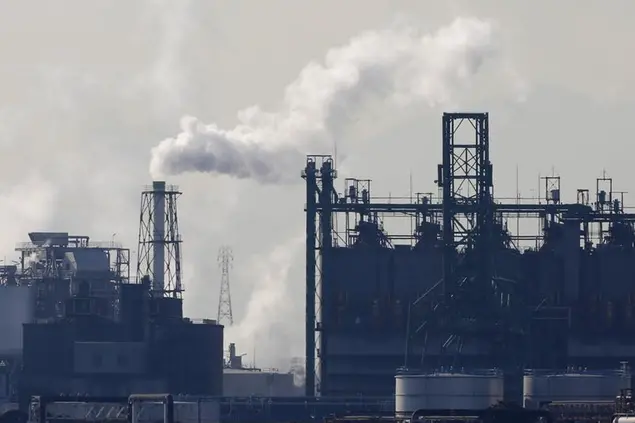PHOTO
LONDON - Portfolio investors appear to have finished their petroleum buying as benchmark crude prices climbed towards $100 per barrel, prompting concerns about the trade becoming crowded and some profit-taking.
Hedge funds and other money managers sold the equivalent of 25 million barrels in the six most important petroleum futures and options contracts over the seven days ending Sept. 26.
Fund managers were net sellers for the first time in four weeks after buying 155 million barrels since Aug. 29, according to records filed with ICE Futures Europe and the U.S. Commodity Futures Trading Commission.
Funds continued to purchase NYMEX and ICE WTI (+16 million barrels), reflecting the intensifying squeeze on crude inventories around the delivery point at Cushing in Oklahoma.
WTI purchases have totalled 152 million barrels over the five most recent weeks and taken the net position to 286 million barrels (60th percentile for all weeks since 2013).
But funds were net sellers of Brent in the most recent week (-22 million barrels) after buying in the three previous weeks (+63 million).
The net position in Brent (244 million barrels) is not significantly different from the long-term average (232 million barrels), and signals a high level of uncertainty about where prices will go next.
Chartbook: Oil and gas positions
On the product side, fund managers were significant sellers of U.S. gasoline (-13 million barrels) and European gas oil (-7 million), which was only partially offset by some small buying of U.S. diesel (+2 million).
Overall, the rapid depletion of crude inventories at Cushing was still drawing hedge funds to build long positions to benefit from the inventory squeeze.
Funds were also bullish towards U.S. diesel, where inventories remain well below the ten-year seasonal average and have failed to recover during the summer gasoline production campaign.
But elsewhere investors have become cautious, with prices already above the long-run inflation-adjusted average, and persistent inflation causing the economic outlook to worsen.
U.S. NATURAL GAS
Investors became increasingly bearish on the outlook for U.S. gas prices despite progressive elimination of the large inventory surplus inherited from 2022.
Hedge funds sold the equivalent of 380 billion cubic feet in the two most important futures and options contracts tied to prices at Henry Hub in Louisiana.
As a result, funds held a net short position of 273 billion cubic feet (24th percentile for all weeks since 2010) on Sept. 26, down from a net long position of 743 billion cubic feet (48th percentile) on July 11.
Working inventories were just 75 billion cubic feet (+2% or +0.27 standard deviations) above the ten-year seasonal average on Sept. 22, down from a surplus of 299 billion (+12% or +0.81 standard deviations) on June 30.
But medium-range forecasts from the U.S. Climate Prediction Center show temperatures are likely to be above average across nearly the whole country throughout October.
Further forward, strong El Nino conditions in the Pacific are likely to reduce heating demand and gas consumption to below average during the peak winter months between December and February.
The prospect of above-average temperatures and below-average gas consumption during winter 2023/24 is keeping hedge funds bearish.
John Kemp is a Reuters market analyst. The views expressed are his own (Editing by Jan Harvey)
